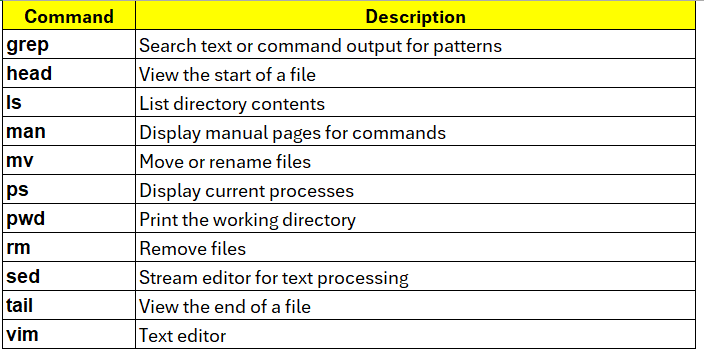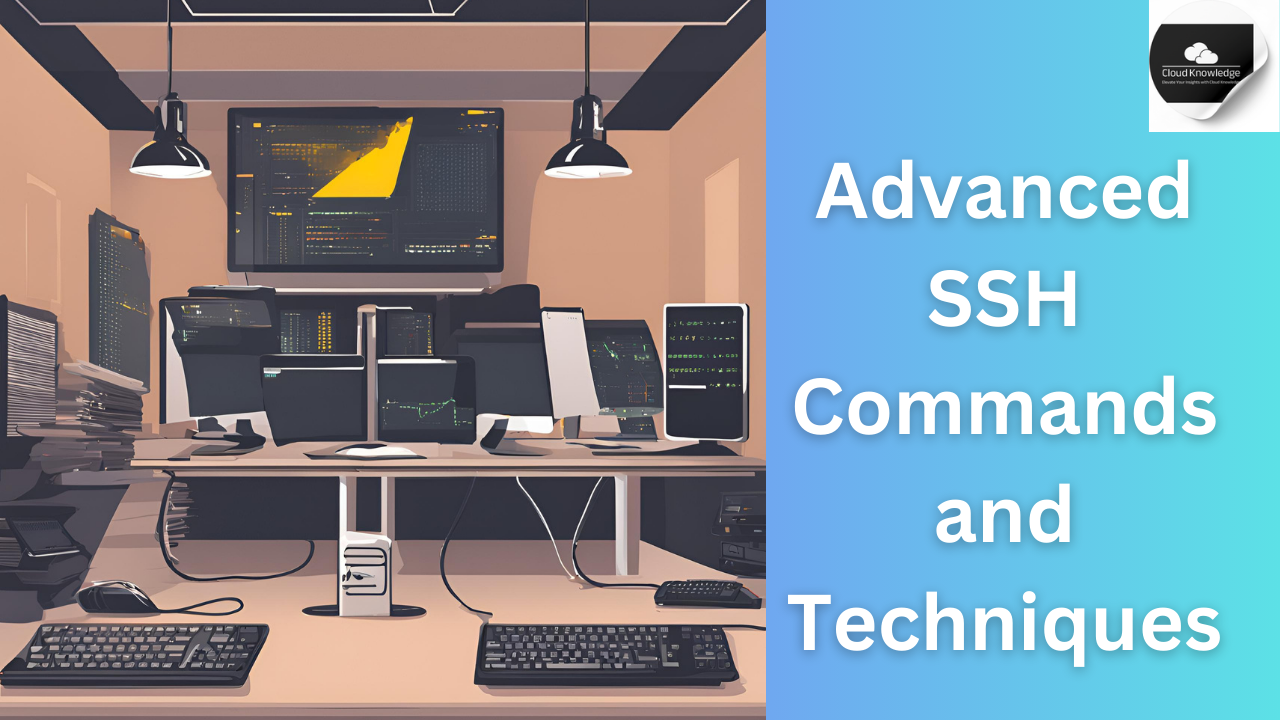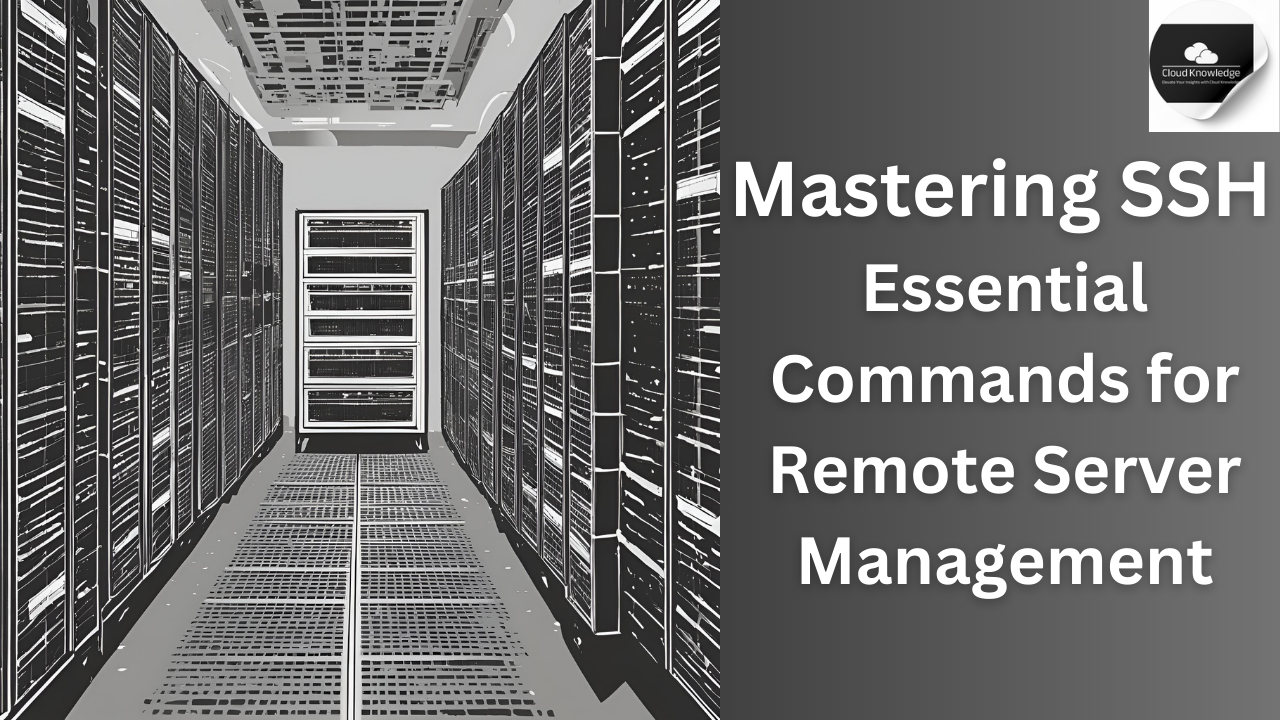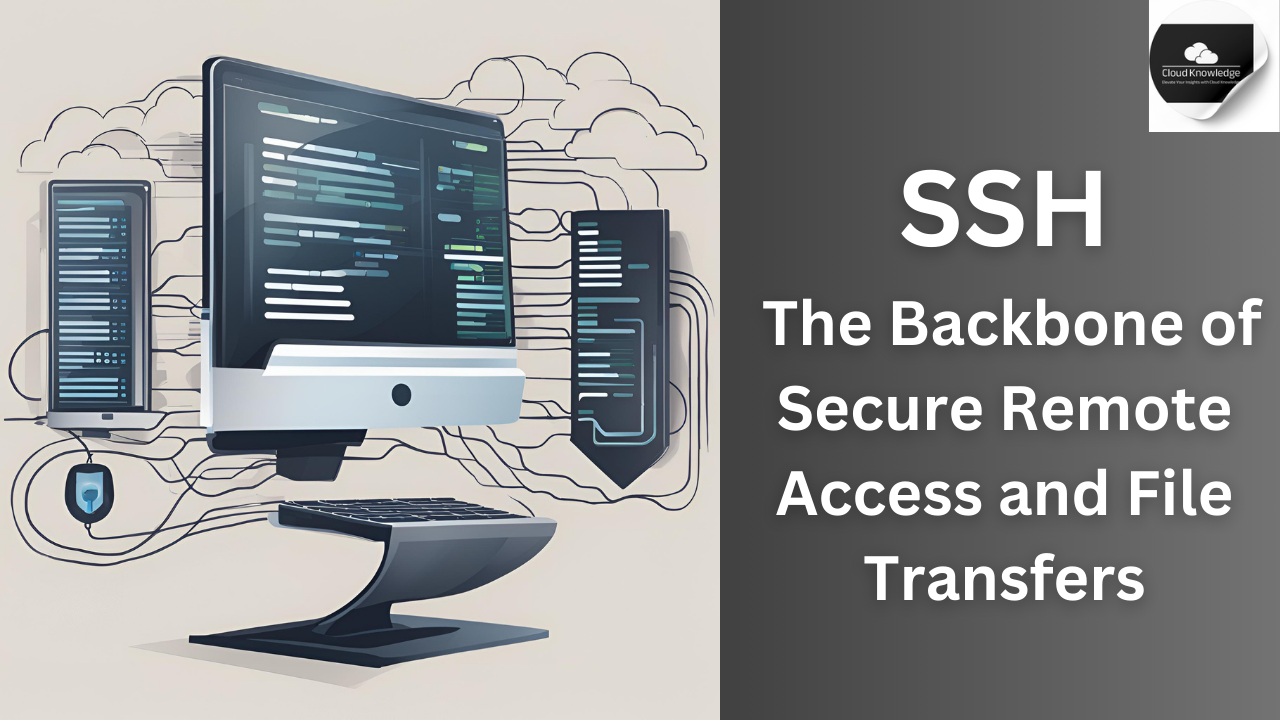When working with Linux or Unix systems, the shell is your interface to the system. It processes commands, executes programs, and helps manage your environment. Whether you’re new to Linux or looking to deepen your understanding, here’s a breakdown of essential shell and command-line concepts.
Identifying Your Shell
Ever wondered what shell you’re using? These commands can help:
echo $SHELL: Displays your current shell (e.g.,/bin/bash).echo $0: Another way to identify the active shell.- Both
$SHELLand$0are examples of shell variables, which store information for your session.
Want to see all available shells on your system? Use:
chsh --list-shells
While you can change your default shell with the chsh command, be cautious. On systems like Biowulf or Helix, never switch to shells marked as LOCKED, SUSPENDED, or DISABLED—you could lose access to your account.
Customizing Your Shell Environment
When you log in, startup scripts automatically configure your environment. For bash, customization happens in the .bashrc file, located in your home directory. Here are some examples of common customizations:
Aliases: Create shortcuts for frequently used commands.
alias ls=’ls -rtl’
alias bwulf=’ssh $USER@biowulf.nih.gov’
PATH Updates: Extend your command search paths.
PATH=$PATH:/data/myusername
Environment Variables: Set default tools or options.
EDITOR=/usr/bin/vim
PS1=”[\u@\h \w \# ]”
Options: Modify shell behavior.
set -o noclobber
Essential Linux Commands
Understanding basic commands is key to navigating and managing your system. Here’s a quick reference:


Command Basics
A few tips to enhance your command-line experience:
- Case Sensitivity: Commands like
lsandLSare different. - Options and Arguments:
- Options modify the behavior of a command (e.g.,
ls -rorls --reverse). - Arguments specify targets for the command (e.g.,
ls /tmp).
- Options modify the behavior of a command (e.g.,
- Chaining Commands: Use
;to execute multiple commands on one line:
man or --help to learn about commands.File and Directory Management
Files and directories are at the heart of Linux systems. Here’s what you need to know:
Files:
- Naming: Filenames can include letters, numbers, and special characters. They are case-sensitive (
file≠File). - Paths: Each file has a unique path, like
/home/user/document.txt. - Uniqueness: Filenames must be unique within the same directory but can exist in different directories.
Directories:
- Definition: A directory is like a folder, capable of holding files or other directories.
- Working Directory: The directory you’re currently in. Use
pwdto confirm your location. - Special Notations:
.refers to the current directory...refers to the parent directory.
Practice with Simple Commands
Start exploring your system with these basic commands :
Who are you?
whoami
$HOME, $USER, $PWD—store important session details, just like $SHELL.Mastering shells, Linux commands, and file management will empower you to navigate and control your system with ease. Keep experimenting, and refer back to this guide whenever you need a refresher!













Leave a Reply